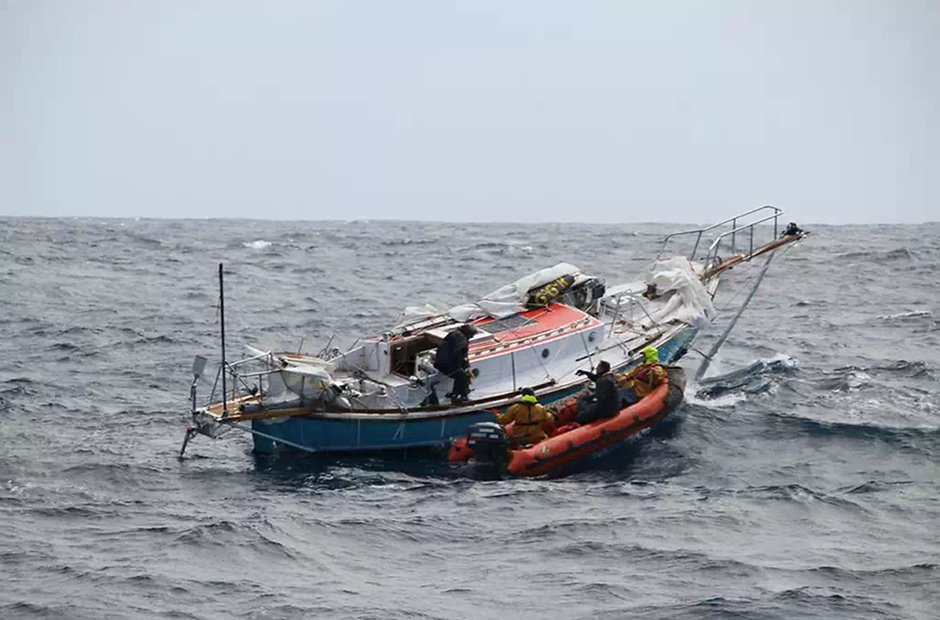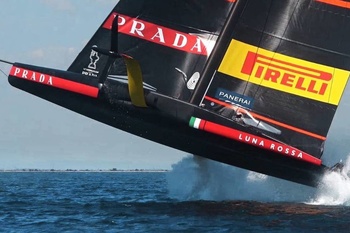There are a lot of opponents at the Golden Globe Race on 10-11 meter sailboats around the world. Many consider the race extremely dangerous, and the main argument in favor of this point of view is the statistics of emergency. Of the 18 participants in the last regatta, seven suffered one way or another during storms in the Southern Ocean. In five cases, the boat rolled over so much that it lost its mast or seriously damaged the rankout.
And, for example, Australian Shane Freeman could not participate in the regatta. On his way to Europe - to the start - he was caught in a storm near Cape Horn, after which his Tradewind 35 Mushka lost his mast. Of those who started, only four got to the finish line. Finn Tapio Lehtinen may still be fifth at the end of May, and Russian Igor Zaretsky may be sixth one day, if the circumstances are happy. But even so, the number of those who have completed the world tour will not exceed one third of the total number of participants.
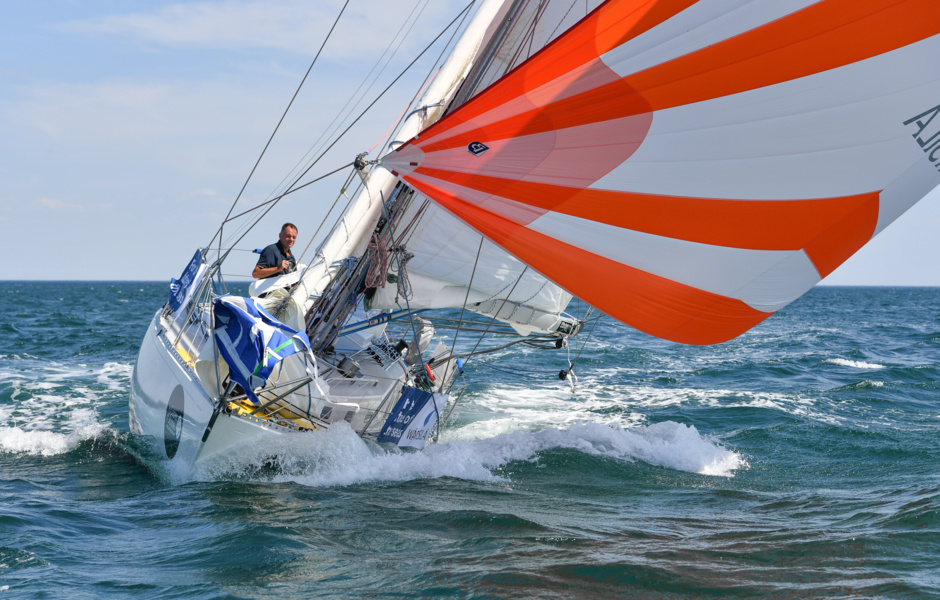
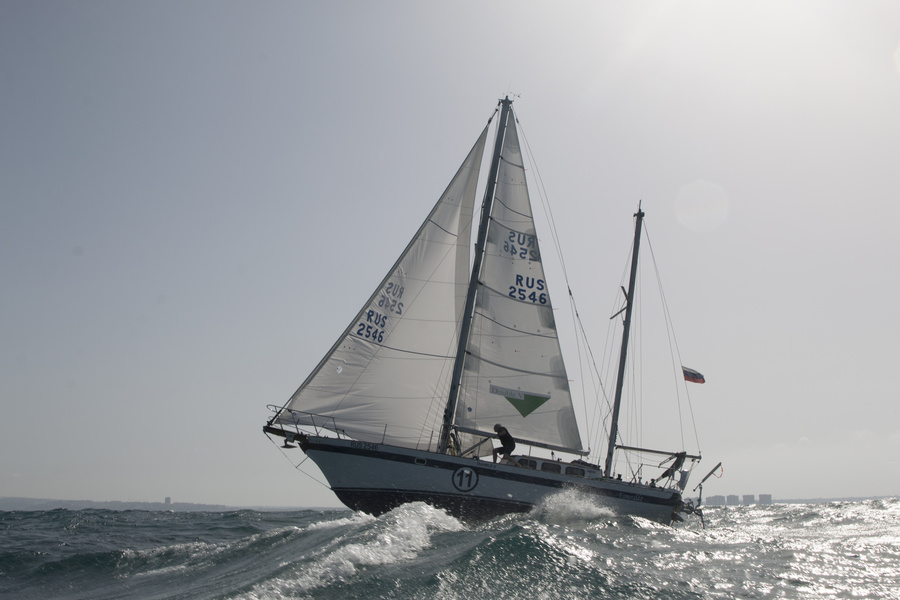
Sir Robin Knox-Johnston, the only Finisher to have finished the first race 50 years ago, took up the challenge of what caused boats to flip during this GGR. After a few months of work, a study which is likely to help make the next race safer in 2022 was completed and published. Below we present its translation with some abbreviations. The full English version can be found on the Golden Globe Race website.
Brief overview.
The Southern Ocean is the only ocean whose waters extend around the world without meeting the earth. Thanks to this, nothing prevents the development of low pressure zones, which cause winds and therefore waves.
In the Southern Ocean, there are conditions for the emergence of so-called giant single waves. A giant single wave is a wave twice the size of the average. Usually they are steep and are often described as a wall of water. The power of such waves can be extreme. A 12 meter wave collapses with a pressure of about six tons per square meter, while the pressure from a giant single wave can reach 100 tons per square meter.
Recent studies have shown that giant single waves over 27 metres high are possible in the Southern Ocean.
In a recently published joint study by the British National Oceanography Centre and the University of Southampton, scientists concluded that the average height of a wave in the world's oceans has increased over the past 30 years, but such waves have become less common. According to a recent study by Australian scientists at the University of Melbourne, wave heights in the Southern Ocean have increased at a rate of about 1 cm per year between 1985 and 2018.
The U.S. Coast Guard concluded that the danger did not come from a normal wave, but from a crashing wave. The Coast Guard's report also suggests that a small boat - under conditions without crashing waves - moves more or less with the water surface, so it does not hit the water mass and is less likely to be upside down. So a«naked boat» drift strategy, when all the sails are down and the crew has closed inside, may be effective until the waves start to break.However, in the crest of the crashing wave the water moves much faster and can hit the boat at up to 20 knots.
Experience with most of the evidence of tilting in a race confirms that the sound of an approaching crashing wave was heard before impact.
To turn the boat over, the crashing wave must be at least half the length of the boat's hull. That is, even a relatively low six-meter breaking wave can flip a 36-foot boat. The bigger the boat, the less susceptible it is to impulses trying to flip it. Fast and light boats like today's Open 60 can get ahead of the crashing wave. Heavy boats of smaller size (like those that participated in GGR) are unfortunately unable to do so.
The Golden Globe Race experience - 2018.
Skipper: Are Wiig (Norway
) Boat: OE32 Olleanna

Hit a big storm some 600 miles south of the Cape of Good Hope. The author broke down, so from five o'clock in the morning Are controlled the boat by hand in conditions of steep crashing waves going in different directions. He tried to etch the rope but felt that the boat had slowed down too much and preferred to choose the ends.
By the afternoon the wind calmed down and the excitement became less aggressive, so the Norwegian decided to try to turn the steering wheel on and fix it. While he was doing this, a wave came from the port side and knocked the boat over. It didn't stay upside down long before returning to the keel, but the mast broke. Before that, Are made and tested the crash mast. He set it up and went to Cape Town on his own.
Skipper: Abhilash Tomy (India)
Boat:Suhaili replica, Thuriya.
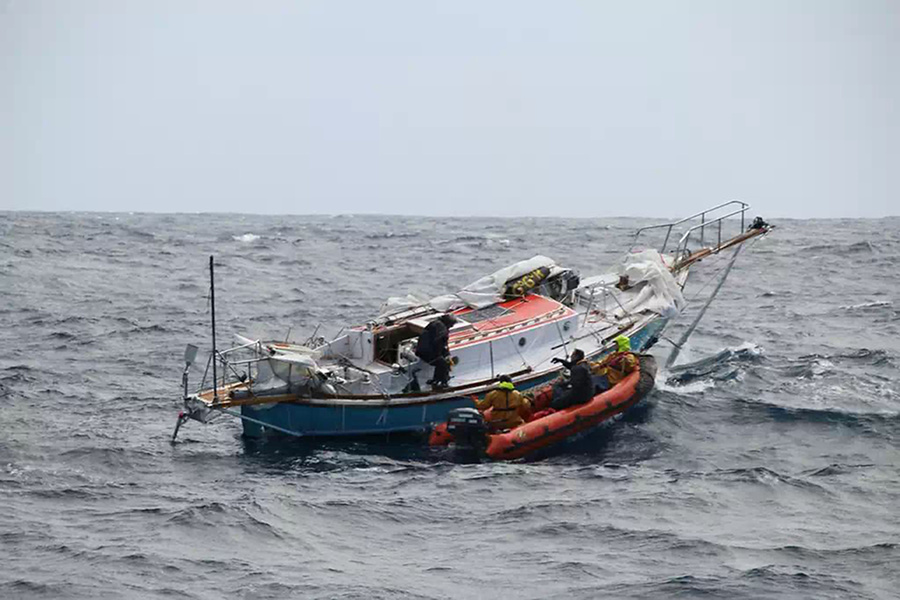
Position at the time of capsation was 40 degrees south latitude and 75 east longitude. The wind was estimated at 75 knots. North-north-west wind moved to south-south-west (typical for atmospheric front passage). North-western waves became south-western, crossed waves were formed 12-15 meters high. The boat drifted on chaotic waves with naked rankout without a floating anchor or rope. As a result, she suffered from several coups and was left without a mast.
Skipper:Gregor McGuckin (Ireland)
Boat:Biscay 36 Hanley Energy Endurance

McGuckin was 80 miles west of Abilash Tomy when his boat first turned over. The muzzle was north-north-west wind with a speed of 50 knots, the waves were seven meters high. The yachtsman was sailing under a storm jib. He rubbed the loop of the rope for 300 meters. This length was long enough to control the braking while still providing enough speed for steering. McGuckin also tried the Series Drogue braking device (a chain of cones strung to the anchor end), but found it to be inefficient in his situation.
During the second overturning, McGuckin walked under one rankout, wind reached 70 knots. The waves were crossed, with the SWS and SYUZ, 8 to 16 meters high. He wiped the rope as before.
The masts of the yachtsman were lost during the third tilting, which took place in the same weather conditions as the previous one. At the same time a floating anchor was lowered from the bow, so the boat was lying drifting.
Before all three overturns, he walked on a wave, but found that the boat automatically rose to the wave with a flag and then with great difficulty turned on the wave/wind again.
Skipper: Mark Slats (Netherlands
)Boat: Rustler 36 Ohpen Maverick
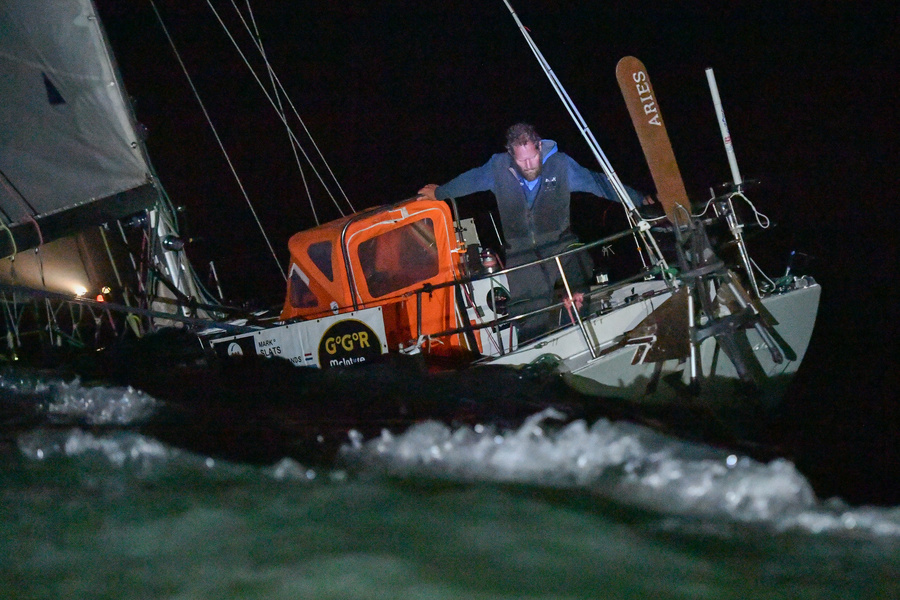
He suffered in the same storm as Gregor and Abilash, but was east of them. Driven by hand, walked under a storm jib when he heard their reports that they had been left without masts. Threw the ends overboard from all sides, but not in the shape of a hinge. Received a blow from a large wave that damaged the entrance hatch, and concluded that it would be safer to go faster and weaken the impact of the next waves. So he decided not to slow down the boat and chose the ends. At some point, his boat turned right in front of the wave and turned over. The mast held on.
Skipper: Jean-Luc Van Den Heede; France.
Boat:Rustler 36 Matmut.

The capsize occurred on the way to Cape Horn at approximately 120 degrees from the true meridian in the southwest wind. His wind turbine kept course with an accuracy of 20 degrees in both directions. According to Jean-Luc, the boat was placed on the water as a result of the fact that the boat suddenly stood aboard the wave. Van den Hede did not use any floating anchors: he does not like them because they are very difficult to get back on board.
Skipper: Susie Goodal (UK)
Boat .: Rustler 36 DHL Starlight
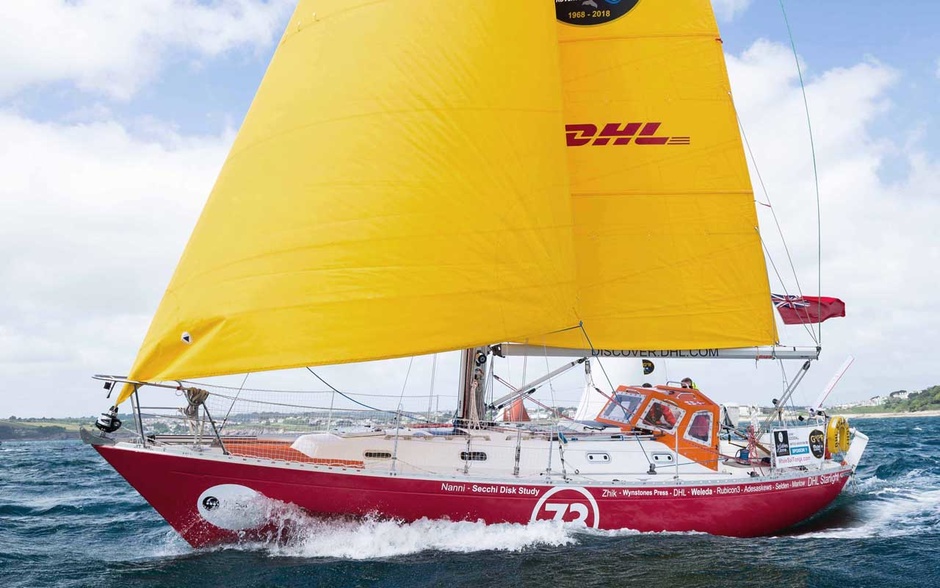
Used a Jordan Series Drogue floating anchor when the boat made a pitchpolo (over the bow). Within a few hours she sailed fantastically well, even with the sea state. There was chaos around, but the floating anchor worked its way through, holding the boat in the direction of the biggest waves and wind. Just before the pitch floor it was still there, but there is a suspicion that the cable burst when the crashing wave hit the boat, forcing it to flip.
It was subsequently discovered that the rope broke where the knot was. Susie believes that her coup could have been caused by the fact that the breakage of the rope acted as a sort of slingshot, pushing the stern forward with even more force than if the boat had not been connected to the floating anchor.
Susie mentions that a couple of seconds before the wave hit the boat, the wind in the rigging stopped whistling. That could mean that the wave was big enough to cover the boat. In this case, it had to be huge and cool. Susie thought that the power of the wave that caused the coup would indicate that it wasn't a normal wave.
Skipper: Loïc Lepage (France) Boat
: Nicholson 32 Laaland
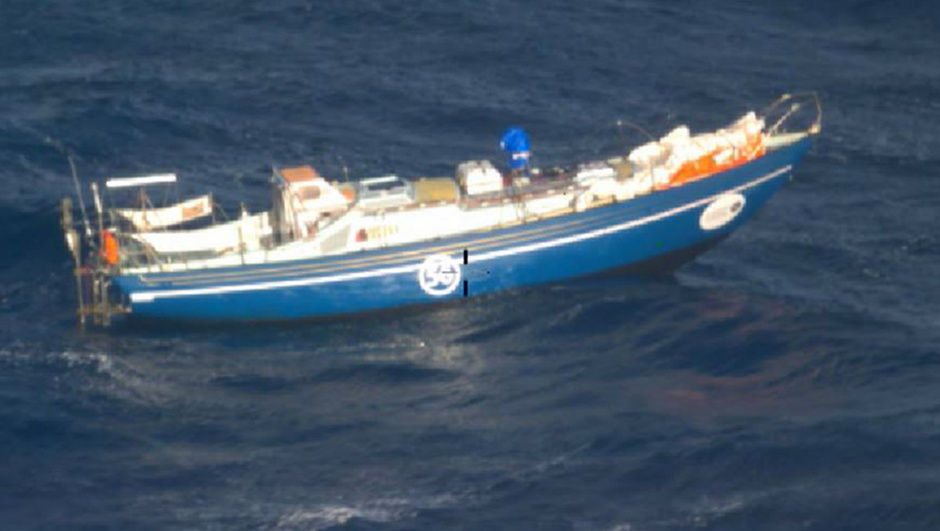
lost its mast on 20 October, 400 miles southwest of Cape Luvin, Australia. The reason was a burst stretch, not a coup. The mast is loose and appears to have punctured a hole in the body. It was lifted aboard the cargo ship on October 22.
Skipper: Istvan Kopar (USA)
A boat:Tradewind 35 Puffin
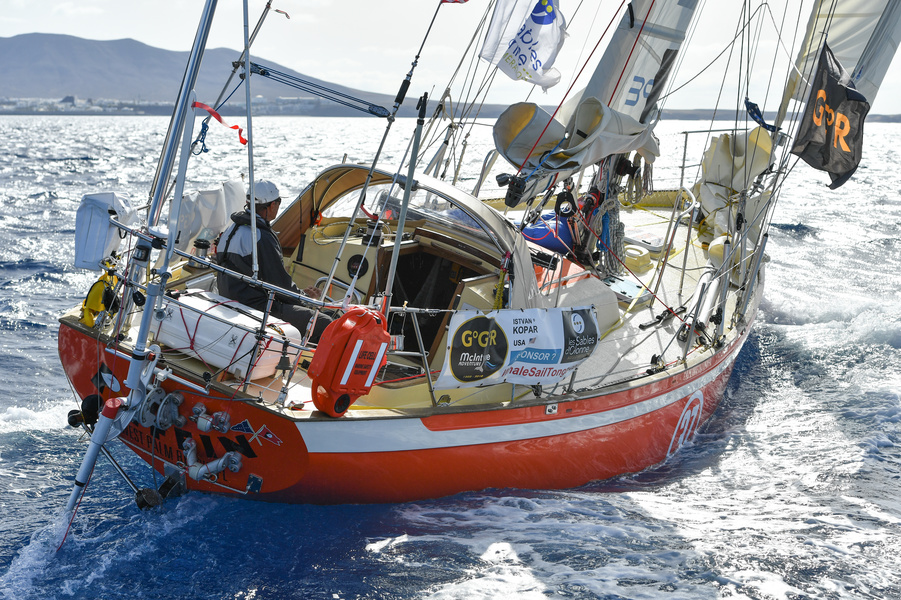
He survived 12 storms, during each of which the wind speed was above 50 knots. In the worst weather continued to sail under sails: trisel and storm jib. I felt safest on the buckstag and galfwind courses. Tried to spread the anchor 50-100 meters and realized that it stabilized the boat.
Copar didn't use a floating anchor, but he was pulling a cable. He used to add a move to control the situation. The boat tipped over several times: in the Indian Ocean, south of New Zealand, 1000 miles west of Chile and in the South Atlantic, 1000 miles from the Falkland Islands. All the worst has been taken over by the starboard side. Kept going under sail.
Skipper: Uku Randmaa (Estonia)
Boat: Rustler 36 One and All
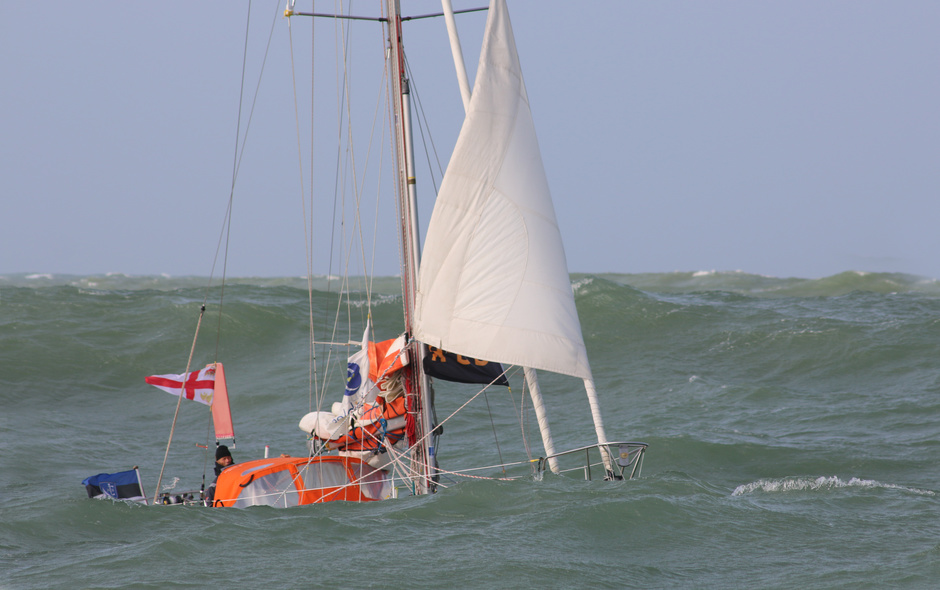
Randmaa's boat rolled over four times. In the first two cases, it went with an etched rope. In the other two, he was without any stopper. Randmaa usually leaves a small sail in a storm to keep the boat in the wind and stays on deck to help autopilot.
Previous experience
Skipper: Robin Knox-Johnston.
Boat .: Suhaili. 9.88 meters A Wm. Atkins (Norwegian canoe type feed).
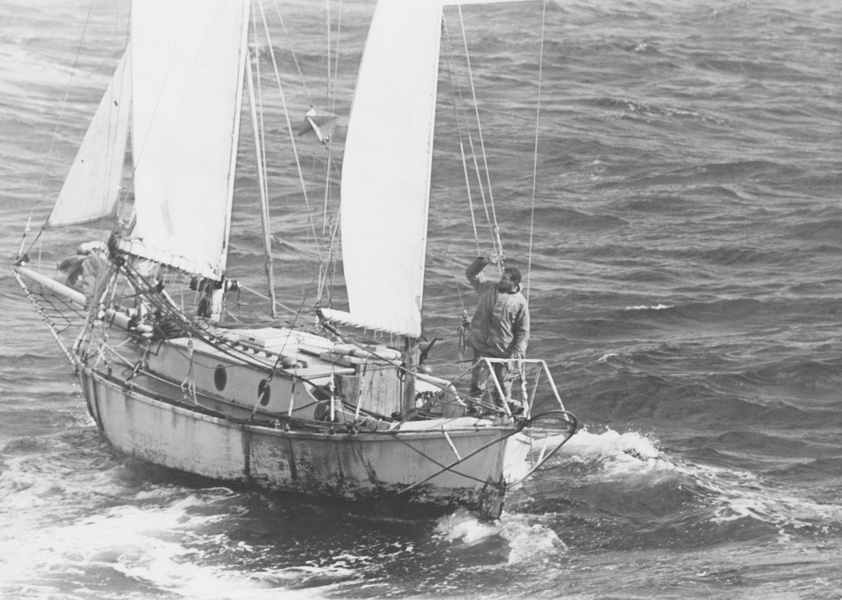
During the first Golden Globe Race in 1968-69, Suhaili Knox-Johnston turned 40 degrees south in the Indian Ocean. There was great excitement, presumably up to ten metres. The boat was drifting with its sails retracted.
The increased waves started pounding on the boat, it was obvious that unless you quickly turn the boat around in some other way relative to the wave, there would be serious damage. The floating anchor was on board but was not used as the cable pulls were confused and it became difficult to choose the anchor.
As a result, a 219.5 metre rope hinge was thrown overboard, attached at both ends to the pills at the bow and led through the mooring bollards at the stern. The boat immediately turned aft to the wave and calmed down, although random sporadic waves overlapped the deck. The system worked in the Southern Ocean for the next 3.5 months: the boat did not lose control. Interestingly, the polypropylene rope (5 centimeters in circumference) stretched neither much nor little at 30.5 cm on the bollards when the wave pushed the boat forward, but the rest of the rope worked enough to hold the boat in check.
Subsequently in the central Atlantic, during another voyage, Suhaili still lost the mast when it was difficult to etch the rope.
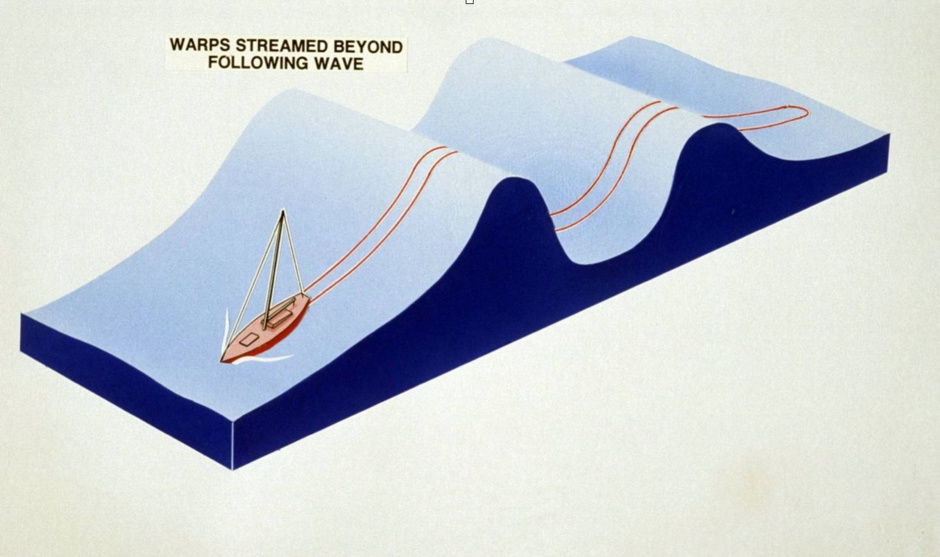
Conclusions
Due to differences in shape, sailing and rank in extreme conditions the sailboats will behave differently. Even boats made from the same pattern may have different characteristics depending on how the weight is distributed.
The factor that unites these overturns seems to be that all the boats that flipped over and lost their masts went without any stops in the form of a floating anchor or rope.
Exceptions are the cases of Gregor McGakin and Uku Randmaa (in his first two coups).
All the capsizes were either because an unhatched boat was legged to a crumbling wave, or because it broke into a broaching.
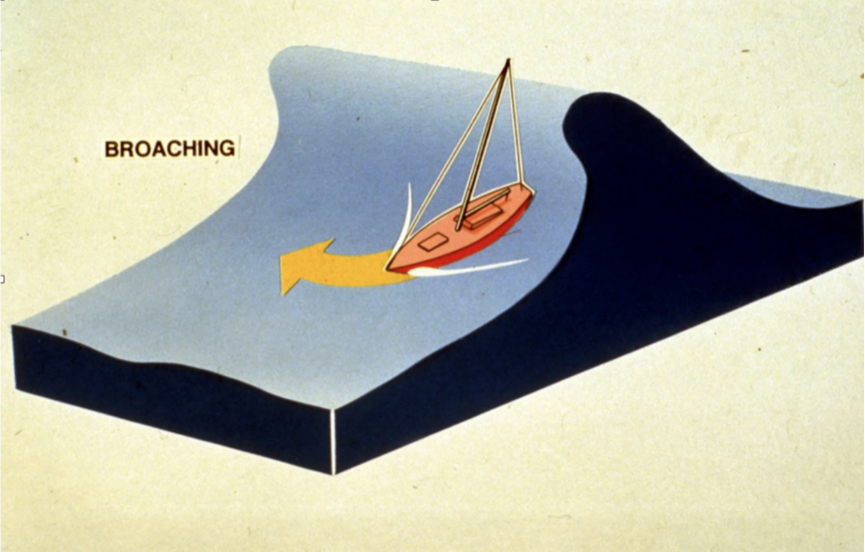
Those boats that used a floating anchor or rope (except for Gregor) seemed to hold the stern to the wave quite well.
If the boat is drifting so that it stands up to the wave when the wind is strong and there are many big and crashing waves around, the risk of being overturned and being left without a mast increases. Most boats can handle large waves as the water surface speed is relatively low. But these waves become dangerous when their fast-moving ridges begin to collapse.
Both Are Vig and Mark Slats report that the coup took place against a backdrop of stabilizing weather conditions, suggesting that if they had set sails when the wind started to weaken, their boats would have been more stable on course.
In the case of Susie Goodall, it is possible that the cable is sagged at her floating anchor and, when the wave struck, this gave her a big leap as the boat accelerated and it stretched. This and the fact that the cable was tied with a bowline may explain why it broke. Perhaps even in these extreme conditions it would be better to leave the sail so that the rope is always a little under tension, and thus avoid sagging and jerky loads. More experience is required in this case.
Research has shown that knots such as bowline reduce the strength of the rope by 70% or more. Moulding - by 30%.
Ropes by themselves are not as effective as the ropes that form the hinges. Aft floating anchors, despite evidence that they are effective, are justifiably unpopular, as yachtsmen have to pull them out of the hinge. The hangers are often tangled with the main rope so that it is difficult to pull out the floating anchor.
Whatever method is used to brake the boat, the cables must be strong enough to withstand the jerky load.
Sailors who used a storm jib tended to choose tufts and set the sail a mile away so that the wind pressure on the sail would turn their nose back on the course. Storm jibs for boats of this size usually do not exceed two square meters.

